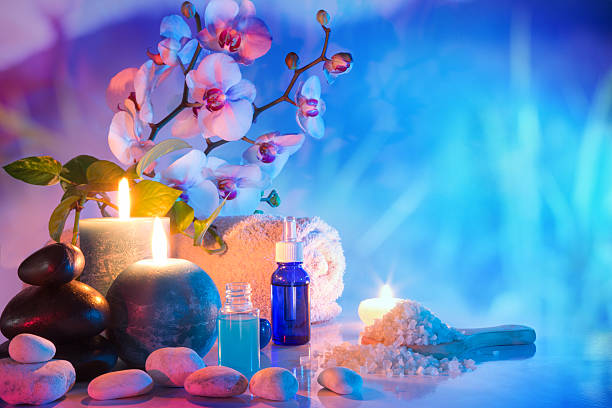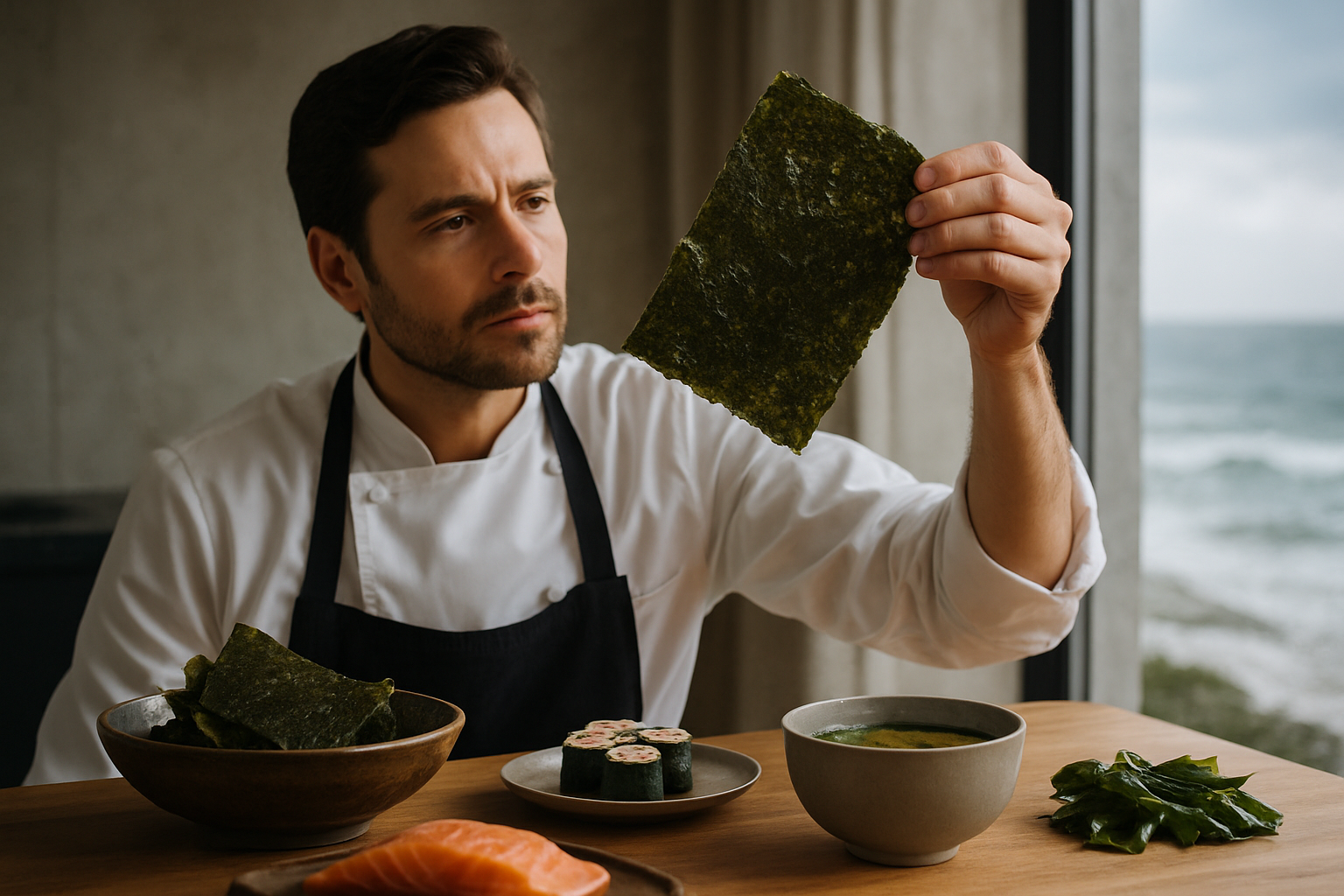Chromotherapy: The Spectrum of Wellness
In a world where self-care and holistic wellness are at the forefront of our minds, an ancient practice is making a colorful comeback. Chromotherapy, also known as color therapy, is emerging as a vibrant approach to health and beauty. This innovative technique harnesses the power of different hues to promote physical, emotional, and mental well-being. As we delve into the kaleidoscopic world of chromotherapy, we'll explore its rich history, current applications in the beauty and wellness industry, and the science behind its purported benefits. From its roots in ancient civilizations to its modern-day renaissance in spas and wellness centers, chromotherapy is painting a new picture of what it means to truly glow from the inside out.

During the Islamic Golden Age, scholars like Avicenna explored the relationship between color and temperament, laying the groundwork for future color therapy practices. The Renaissance period saw a renewed interest in color’s effects on the human psyche, with artists and scientists alike studying the psychological impact of different shades. However, it wasn’t until the late 19th century that modern chromotherapy began to take shape, thanks to pioneers like Edwin Babbitt and Dinshah Ghadiali, who developed systematic approaches to color healing.
The Science of Hue: How Color Affects Our Biology
While skeptics may dismiss chromotherapy as pseudoscience, recent research has begun to shed light on the biological effects of color exposure. Studies have shown that different wavelengths of light can influence various physiological processes, from hormone production to circadian rhythms. For instance, blue light has been found to suppress melatonin production, affecting sleep patterns, while red light may stimulate collagen production in the skin.
The mechanisms behind chromotherapy are complex and multifaceted. One theory suggests that color affects the body through the skin and eyes, with light-sensitive cells triggering responses in the brain and endocrine system. Another perspective focuses on the energetic properties of color, proposing that each hue vibrates at a specific frequency that can resonate with different parts of the body.
The Palette of Wellness: Applications in Beauty and Fitness
In the beauty industry, chromotherapy is making waves as a non-invasive treatment for various skin concerns. LED light therapy, a modern application of chromotherapy principles, is being used to address issues ranging from acne to aging. Red light is touted for its ability to stimulate collagen production and reduce inflammation, while blue light is employed to combat acne-causing bacteria.
Fitness centers are also incorporating chromotherapy into their offerings. Colored lighting in workout spaces is being used to enhance mood and energy levels during exercise sessions. Some innovative gyms are even experimenting with chromotherapy-infused recovery rooms, where specific color combinations are used to promote relaxation and muscle repair post-workout.
The Color Prescription: Tailoring Hues to Health Needs
One of the most intriguing aspects of chromotherapy is its personalized approach to wellness. Practitioners of color therapy believe that different individuals may benefit from specific hues based on their physical, emotional, and energetic needs. For example, warm colors like red and orange are often prescribed for individuals seeking to boost energy and metabolism, while cool tones like blue and green are recommended for stress relief and relaxation.
This tailored approach extends to beauty routines as well. Color analysts work with clients to determine their most flattering hues, not just for clothing and makeup, but also for creating a harmonious environment that supports overall well-being. This holistic view of color’s impact on health and beauty is gaining traction among those seeking a more integrated approach to self-care.
The Future in Full Color: Innovations and Trends
As interest in chromotherapy grows, so does the technology supporting it. Wearable devices that deliver targeted color therapy throughout the day are in development, promising to bring the benefits of chromotherapy into everyday life. In the realm of beauty, color-changing skincare products that adapt to individual skin tones and needs are emerging, blending chromotherapy principles with cutting-edge cosmetic science.
Virtual reality is another frontier for chromotherapy, with immersive color experiences being designed for therapeutic purposes. These virtual environments allow users to bathe in specific hues, potentially offering a more intense and controlled chromotherapy experience.
In conclusion, chromotherapy represents a fascinating intersection of ancient wisdom and modern science in the pursuit of wellness and beauty. As research continues to unravel the complex relationships between color, light, and human biology, we can expect to see even more innovative applications of this vibrant therapy. Whether used as a complementary treatment in spas, a tool for enhancing workout experiences, or a personal wellness practice, chromotherapy is adding a spectrum of possibilities to our self-care routines. As we continue to explore the power of color, we may find that the path to radiant health and beauty is indeed paved with all the hues of the rainbow.





